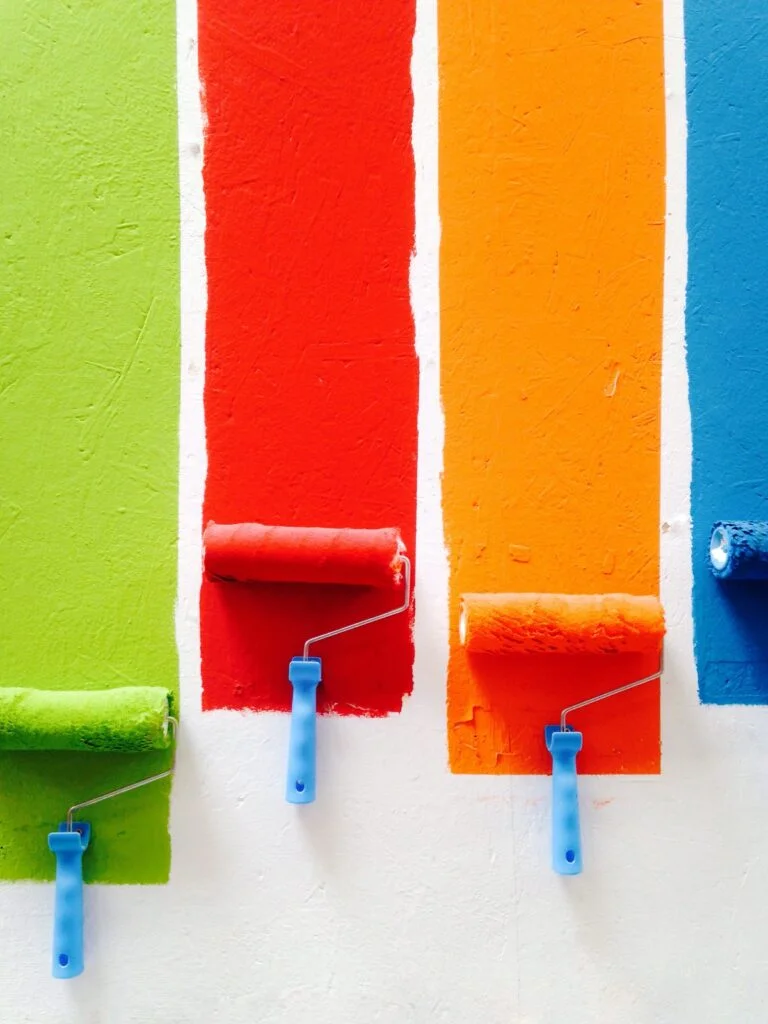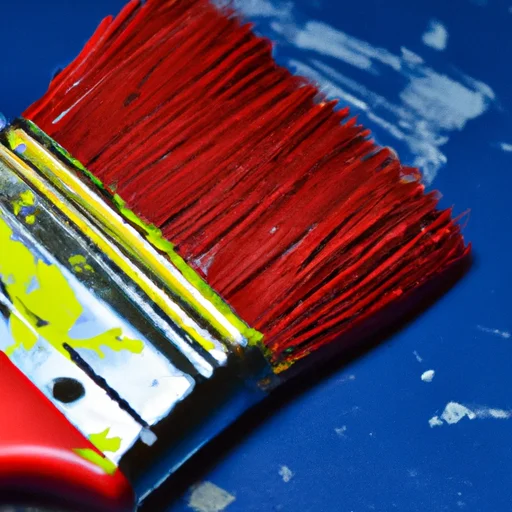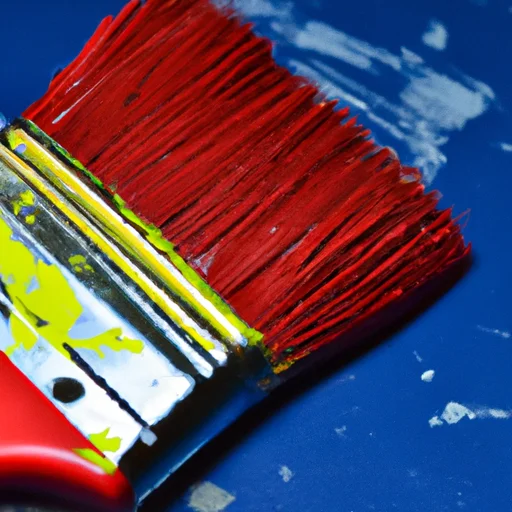So, you’ve decided to give your home a fresh new look by repainting the walls. But before you start emptying your wallet on gallons of paint, you might be wondering: Can you repaint over paint? Well, folks, lucky for you, we’ve got all the answers right here. In this article, we’ll explore the ins and outs of repainting over existing paint, including the dos, the don’ts, and secrets to achieving a flawless finish. So grab your paintbrushes and let’s get cracking! Yes, you absolutely can repaint over paint!
Repainting a surface is a great way to refresh the look of a room or give new life to old furniture. However, to ensure a successful and long-lasting paint job, there are a few things you need to consider and steps you should follow. In this article, we will guide you through the process of repainting over paint, from evaluating the existing paint to selecting the right paint and applying multiple coats for a professional finish. So let’s dive in and explore the basics of repainting over paint!
Intro Can You Repaint Over Paint
Table of Contents
Understanding the Basics
Before we jump into the process of repainting, it’s important to have a good understanding of the basics. When you repaint over an existing layer of paint, you are essentially applying new paint on top of the old one. This means that the condition and adhesion of the existing paint will directly impact the quality and durability of the new paint job.
Evaluating the Existing Paint
The first step in repainting over paint is to evaluate the condition of the existing paint. Look for signs of cracking, peeling, or chipping. If the paint is in good condition and adhering well to the surface, you can proceed with repainting. However, if there are significant issues with the existing paint, such as widespread peeling or bubbling, it may be necessary to strip the paint before applying a fresh coat.

Preparing the Surface
Properly preparing the surface is crucial for a successful paint job. Start by cleaning the surface thoroughly to remove any dirt, dust, or grime. A mild detergent and water solution can usually do the trick. Next, sand the surface to create a slightly rough texture that will help the new paint adhere better. Fill in any cracks, holes, or imperfections with a suitable filler and sand them smooth. Finally, ensure that the surface is dry and free from any loose debris before proceeding.
Selecting the Right Paint
When it comes to repainting over paint, choosing the right paint is key. Consider the type of surface you are painting, whether it’s interior or exterior, and the desired finish. There are various types of paint available, such as latex, oil-based, or acrylic, each with its own pros and cons. Make sure to select a paint that is compatible with the existing paint and provides the durability and coverage you need.

Choosing the Appropriate Tools
Having the right tools for the job can make a significant difference in the outcome of your paint job. Ensure that you have the appropriate brushes, rollers, and trays for the type of paint you are using and the surface you are painting. Different surfaces may require different brush or roller sizes, and the type of paint may determine whether you need synthetic or natural bristles. Invest in good quality tools to achieve a smoother and more professional finish.
Cleaning and Priming
Before applying the new coat of paint, it’s important to clean the surface once again to remove any dust or debris that may have accumulated during the preparation process. Additionally, if you are changing the color drastically or painting over a porous surface, applying a primer can help ensure better color coverage and adhesion. Priming is especially important when painting over glossy or oil-based paint.

Applying the First Coat
Now it’s time to apply the first coat of paint! Start by cutting in around the edges and corners with a brush, and then use a roller to cover the rest of the surface. Apply the paint evenly and consistently, being careful not to overload the roller or brush. It’s better to apply multiple thin coats rather than one thick coat, as this will minimize the chance of drips or uneven coverage. Allow the first coat to dry completely before proceeding to the next step.
Repeating the Process
After the first coat of paint has dried, it’s time to repeat the process and apply additional coats as needed. Depending on the desired color and finish, you may need to apply two or more coats of paint. Make sure to follow the manufacturer’s recommendations regarding drying time between coats. Take your time and apply each coat evenly, paying attention to any areas that may require additional coverage.

Handling Issues and Challenges
During the repainting process, you may encounter certain issues or challenges. For example, if there are stubborn stains or marks on the surface, consider using a stain-blocking primer before applying the paint. If you notice any brush strokes or roller marks, you can lightly sand the surface between coats to create a smoother finish. Remember to take your time and address any issues as they arise to achieve the best possible result.
Taking Proper Care
Once you have successfully repainted over the existing paint, it’s important to take proper care of the newly painted surface. Avoid touching or placing objects on the freshly painted surface until it has fully cured. Clean the surface gently using a mild detergent and avoid abrasive cleaners or scrubbing brushes that may damage the paint. Regularly inspect the paint for any signs of wear or damage and address them promptly to maintain the integrity of the finish.
In conclusion, repainting over paint is not only possible but also a great way to give a fresh look to any surface. By evaluating the existing paint, properly preparing the surface, selecting the right paint and tools, cleaning and priming, and applying multiple coats, you can achieve a professional and long-lasting paint job. Remember to address any issues or challenges that may arise during the process and take proper care of the newly painted surface to ensure its durability. So go ahead, grab your paintbrush, and bring new life to your home or furniture with a fresh coat of paint!


